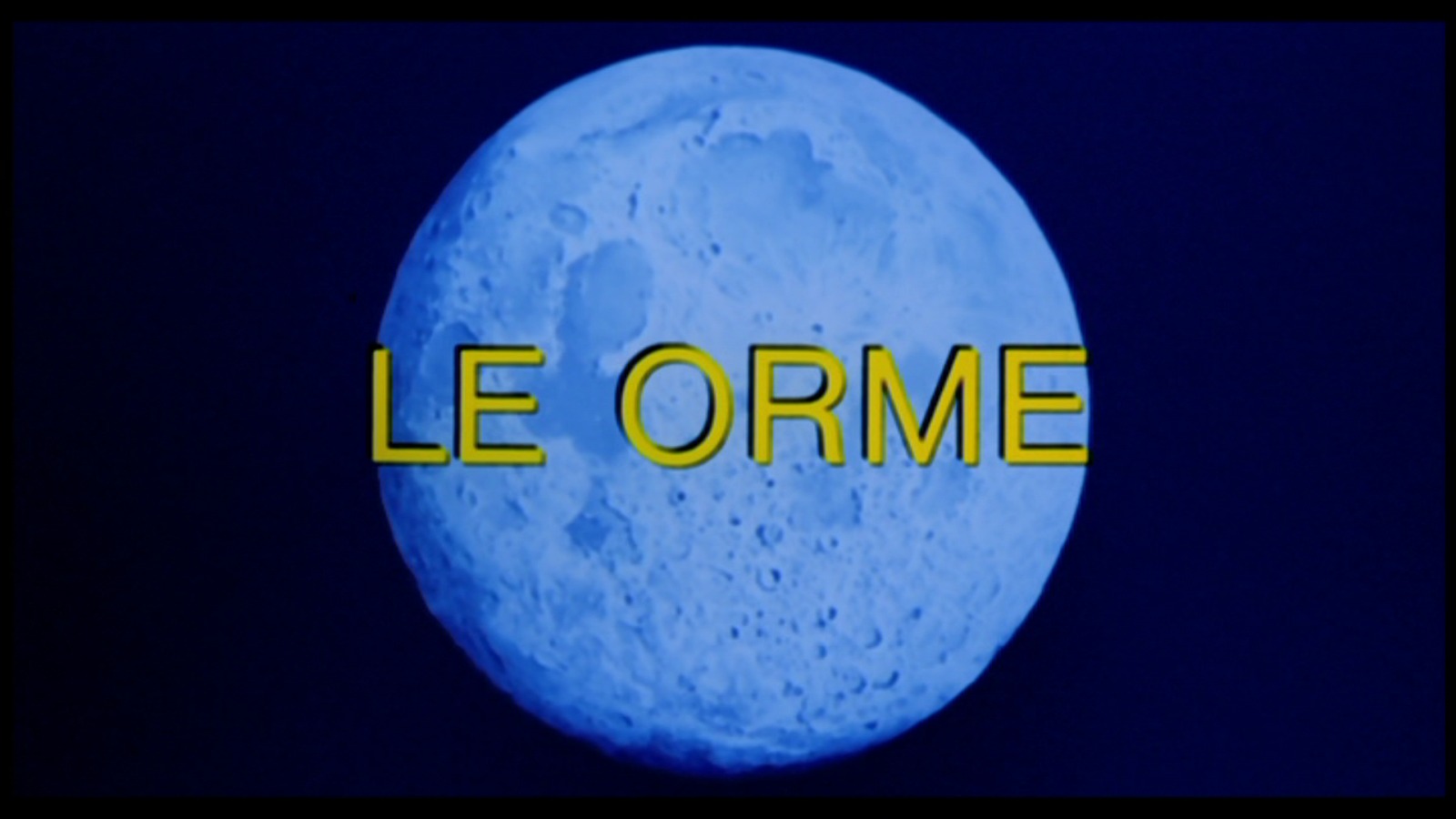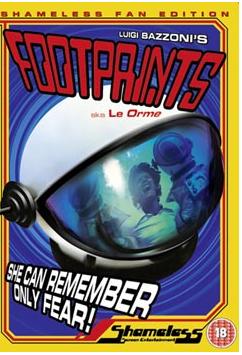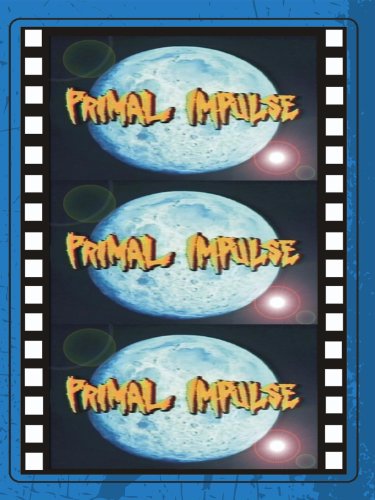IMDb runtime 1 hour and 36 minutes, rated 6.8 by 1184 masochists.
It opens ever so slowly with a moon landing, then cuts to one space-suited astronaut dragging another across the surface of the moon, only to abandon the dragged body and ascend in the LEM. Meanwhile, bug-eyed as always, Klaus Kinski is shouting into a microphone at what looks like mission control. Who would put Klaus in charge of anything! Keep that man away from the matches!


Then we turn to Alice, a translator in Rome, who goes off the rails. She misses days at work without herself noticing it. She finds things in her apartment of which she has no memory. She has lost an earring somewhere, somehow. All of these things she mentions to her friends who tell her to get some rest.
Because she found a postcard from Garma without a message on it in her apartment, she heads there, a remote and obscure location we are given to understand. When she arrives it is all but deserted in this resort for it is out of season. There she meets Beau, annoying Brat, and Lila. It seems she has been here before but everyone there knows her as Nicole. She also finds the missing earring. Thus the audience is sure she has been there before, even if she still is not.
Alice remains positive she has never set foot in the place, yet when Nicole’s clothes are presented to her they are a perfect fit. And so.
Brat tells her Nicole was on the run. Beau hangs around. Alice has recurrent images from that moonwalk and abandonment. She buys a second pair of large, and — no surprise — lethal scissors. The only reason she buys them is to have them handy later, it would seem.
It is a nice set up and then it is repeated for the next hour or so. Oh hum. It put the fraternity brothers in mind of ‘L’année denier à Marienbad’ (1961) though less glamorous. The repetition is eased by some very dreamy photography of Garma, about which more later, and an elegiac musical score.
Florinda Bolkan as Alice or Nicole carries the weight well enough but she has little to do but look perplexed. But she does not materialise from the screen like Delphine Seyrig.
It was released in one of its edited versions on DVD as ‘Primal Impulse’ in an effort to attract an audience by arousing expectations irrelevant to the film. Another triumph from a marketing department.

Completely misleading though the title is.
Spoiler.
After investing an hour and a half of watching and trying to fathom Alice’s predicament the end is a royal cop-out. After so much brain taxing the fraternity brothers were exhausted and then upset to arrive no where. Do not bother to look for meaning because there is none. The closing title card says Alice is a psycho to be confined to an asylum in Switzerland. End.
Guess where she left the scissors. No not in the Brat. But Beau is no more.
The visuals are striking, including the last scene on the pebble beach, but pointless.
Remote and obscure Garma was Kemer on the south coast of Turkey, hence the mosques and Arabic script on buildings. The sequences in Rome were filmed in the EUR district which is as unRoman as possible with glass, pre-fabricated cement and steel office blocks, and a grid of streets rather like La Défense in Paris. Everywhere the Romans went they laid out orderly cities with wide streets in rectilinear alignments. But not in the rabbit-warren that Roman itself remains.
The film has not been well served by time and tide. It failed to get many theatrical releases. Its production is unclear. One source says it was filmed in English and then dubbed into Italian. Then in an effort to get a theatrical release in the Anglo markets the Italian version was dubbed into English. Likewise, it was re-edited. None of these efforts bore fruit. It more or less disappeared for a generation.
Then some enthusiasts came upon it and have since gathered different versions and spliced them together, and one such example is what I watched on You Tube. It is indeed confused. The English dubbing is occasionally dropped and we have a scene in Italian, at other times there are Greek subtitles with English dubbing, and on still other occasions French dubbing with English subtitles. Variation also applies to the title cards, some in Italian and some in English. I compared two of the several versions available on You Tube and confirmed the observation that scenes have been edited out of some versions.
The critics linked to the IMDb site agree that these changes do not alter the substance, which is ethereal, insubstantial, and vapid.
‘Giallo’ is the Italian word for mystery stories like this, but knowing that did not help.
It came up in You Tube searches for Sy Fy because the references to the Moon, and at the outset it looked like a Moon mission was the key.
In the end it seems these early and recurrent images of the Moon mission came from a movie young Alice saw as a child, which frightened her, because one living astronaut was abandoned on the Moon, so that she ran from the cinema without seeing the end. Ergo, neither do we see the end. We never do find out what Kinski was up to but then he never knew either.
It was intriguing to watch with the eye and ear candy, and a change from elderly male actors slugging it out with CGIs. which is too much Sy Fy these days.
Skip to content
